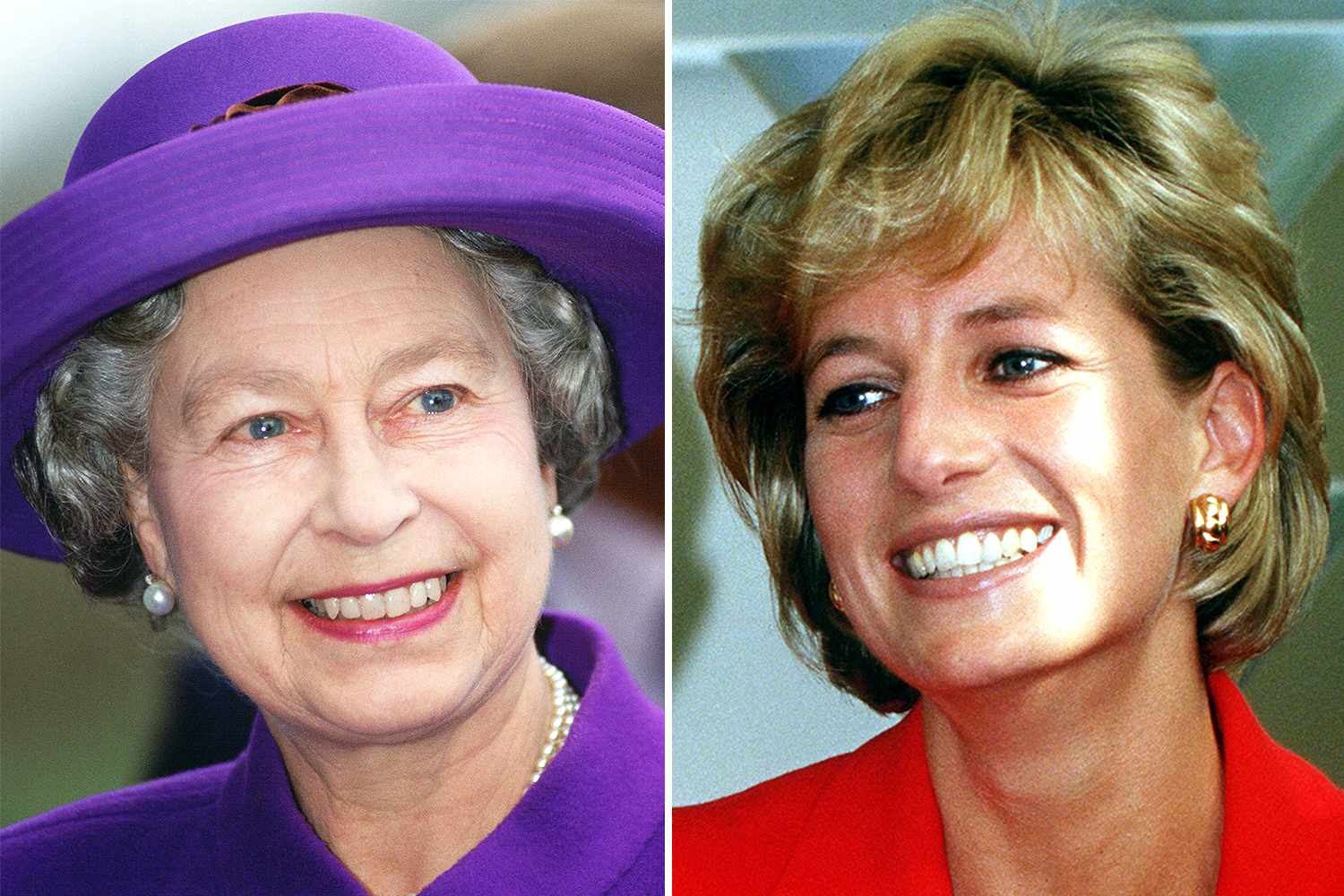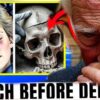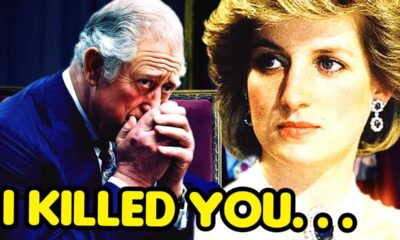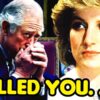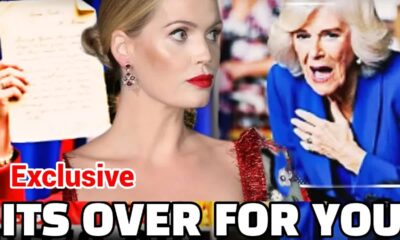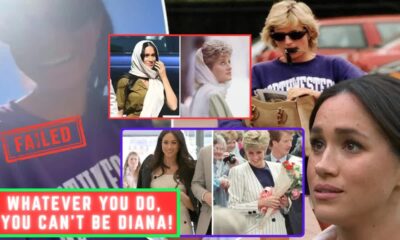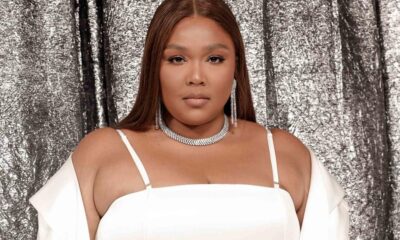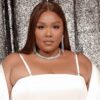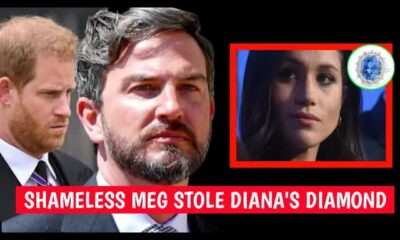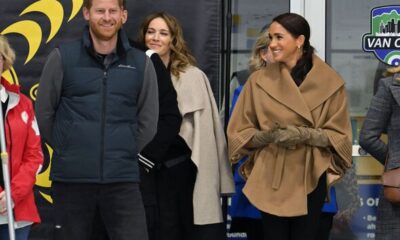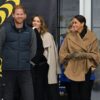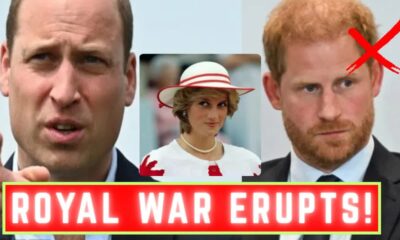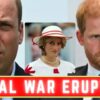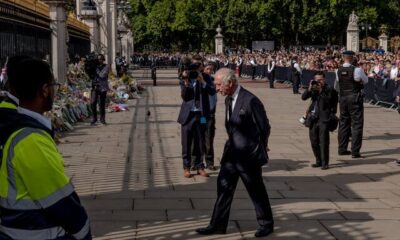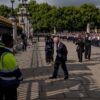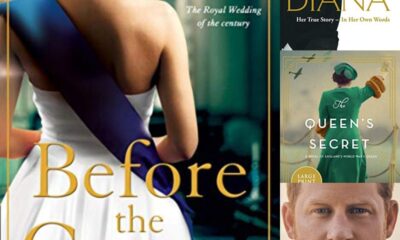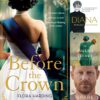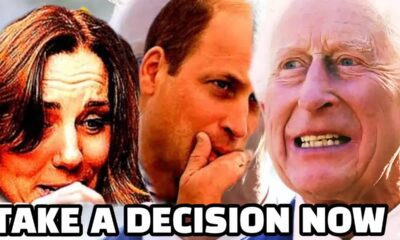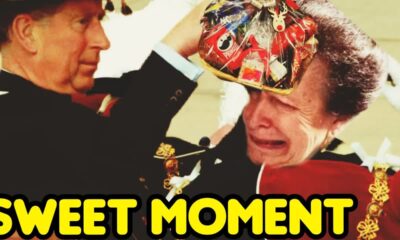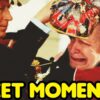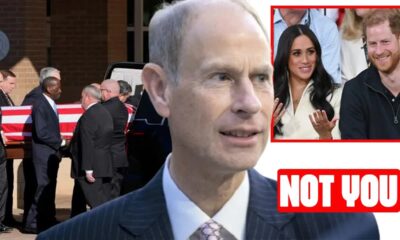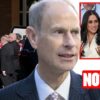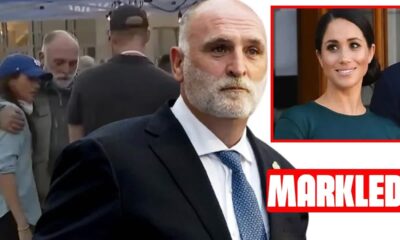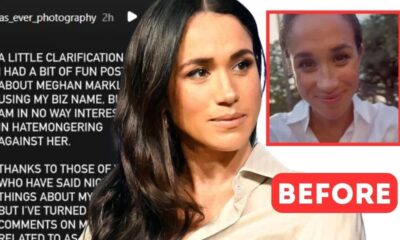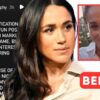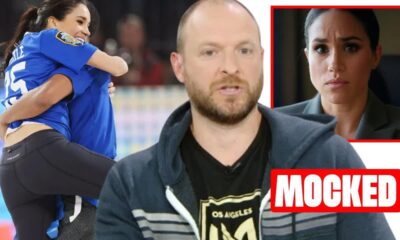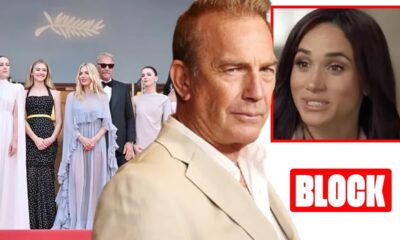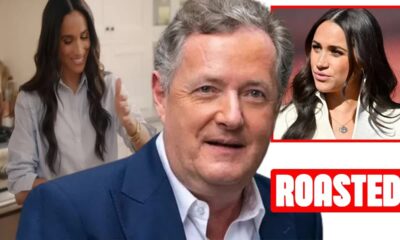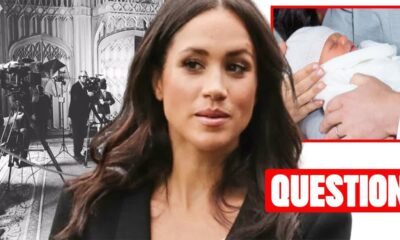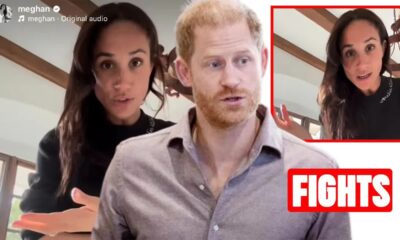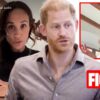Must Read
Princess Diana’s Controversial Relationship with the Press: Unveiling a Complex Narrative
Desperate to change the narrative?
Princess Diana's mad photos prove Harry wrong.
Prince Harry's perception of his late mother's life may need some reconsideration, as new photos challenge the narrative he has held onto.
In a statement released from his home in Montecito on May 21st, 2021, Prince Harry expressed his anger towards the British media, particularly in light of the revelations made by the BBC's Dyson Inquiry.
The inquiry found that journalist Martin Bashir had used falsified documents and lies to secure the infamous 1995 Panorama interview with Diana, the Princess of Wales.
Prince Harry's words were powerful, defending his mother's memory from the exploitative and unethical practices that ultimately played a devastating role in her life.
This story is one that we are all familiar with – the narrative of Diana as a victim of the predatory forces of Fleet Street.
However, as the sixth season of Netflix's The Crown approaches its release date on November 16th, it seems that the show might be asking a different question altogether.
What was the true relationship between Diana and the press?
To what extent was she complicit in feeding what her brother Earl Spencer referred to at her funeral as the most hunted person of the modern age?
These are difficult questions that challenge the prevailing martyr-like image of Diana as an innocent sacrifice to the media.
In one of the stills released from the upcoming season of The Crown, Diana is seen posing for photographers in a swimsuit.
This recreation of a scene from July 1997, just a month before her tragic passing, raises eyebrows.
At the age of 36, Diana accepted an invitation from controversial billionaire Mohamed Al Fahy to stay with him in the south of France.
Accompanied by her sons, Prince William and Prince Harry, Diana's trip attracted the attention of Fleet Street photographers and freelance paparazzi.
According to biographer Sally Bedell Smith, the princess initially tried to evade the paparazzi by crawling along a balcony and hiding behind a towel, only to later change her strategy and engage with them directly.
She tantalizingly told the press, “You are going to get a big surprise.”
The Chicago Tribune headline from that day read, “Diana teases press corps with promise of surprise.”
This was not the only instance where Diana directly engaged with the press.
Take, for example, the iconic shot of Diana sitting on the edge of a super yacht's diving board on August 24th, 1997.
Photographer Jason Frazier, involved in capturing that image, revealed that he had been invited by Diana herself to document her vacation with her new boyfriend, Dodi Al-Fayed.
“I knew that Diana had wanted the photos to be taken,” Frazier admitted.
“I was always nearby, ready to capture these historic images, and that suited us both.”
Other credible sources echo this sentiment.
Vanity Fair's Fidel Smith reported that Diana had frequent and friendly contact with British journalists during the last five years of her life.
Diana's biographer and friend Tina Brown, in her book “The Diana Chronicles,” revealed that Diana would brief Daily Mail's Richard Kay and even plant stories.
Even moments that were intended to be private engagements, such as a family outing to an amusement park in 1993, were not immune to the presence of photographers.
Robert Hardman, then the Daily Telegraph's royal correspondent, recalled that photographers turned up uninvited to capture some lovely pictures before being asked to leave.
Additionally, when Diana joined a new gym called LA Fitness, the owner secretly installed a camera to capture photos of her using a leg press machine.
When those images made their way to the media, Diana promptly filed a lawsuit.
However, her longtime bodyguard Ken Wharfe suspected that Diana had colluded in the pictures to engineer a high-profile confrontation with the press.
During the tumultuous 1990s, while the War of the Wales raged on, Diana did not keep Fleet Street at arm's length.
Instead, she sought to recruit them to her side.
As renowned royal reporter James Whitaker stated, Diana was aware that she needed the press on her side if she wanted to progress with Prince Charles.
She hosted lunches at her Kensington Palace apartment for influential editors and journalists, even inviting William to attend.
Diana knew how to play the media game, but this does not absolve her from being a victim herself.
It is clear that Diana faced relentless scrutiny and invasive treatment from the press.
Photographers would park outside Kensington Court, monitoring her phone calls with their two-way radios and scanners.
Jasper Conran, a designer and friend of Diana's, revealed that photographers would hurl offensive remarks at her to provoke a reaction.
They even sold paparazzi photos of Diana looking upset after learning of her father's passing during a skiing vacation in Austria in 1992.
The toll this took on the princess was immense.
Fidel Smith reported that Diana would drive to Beachy Head, a cliff on the southern coast of England, contemplating suicide due to her despondency over her press coverage.
However, thoughts of her two sons always drew her back.
In the tragic final act, paparazzi photographed Diana in the backseat of a fatally damaged Mercedes.
Over 25 years later, we are left questioning the complexity of Diana's relationship with the media.
How do we reconcile the image of Diana as a victim, chased through the streets of London by relentless lenses, with the woman who strategically engaged with the press to further her own goals?
This is a question that Prince Harry has raised in his criticisms of the Royal family's relationship with the media.
In the docu-series, Harry and Meghan shed light on the leaking and planting of stories, describing it as a dirty game.
Now, as the final season of The Crown approaches, viewers eagerly anticipate whether the show will delve into this uncomfortable territory and explore whether Diana also played a part in this game.
Richard Kay, who had personal interactions with Diana, summed it up best when he said that he felt sympathy for her predicament but did not believe she was entirely guiltless.
The final season of The Crown has the potential to challenge our perceptions and encourage us to hold these two truths simultaneously: Diana as a woman used by the media machine for 16 years and as someone who skillfully manipulated that same machinery for her own purposes.
In a poignant essay for the New Yorker, Clive James described Diana's relationship with the media as one of manipulation, asking who was truly pulling the strings.
More than 25 years later, we are still left wondering if anything has changed.
As we contemplate the complex narrative surrounding Princess Diana, we invite you to share your thoughts on Harry and the Royal family in the comment section below.
Feel free to like and share this article with others who may find it intriguing.
We appreciate your continued support.
Thank you for reading, and we look forward to bringing you more news soon.
